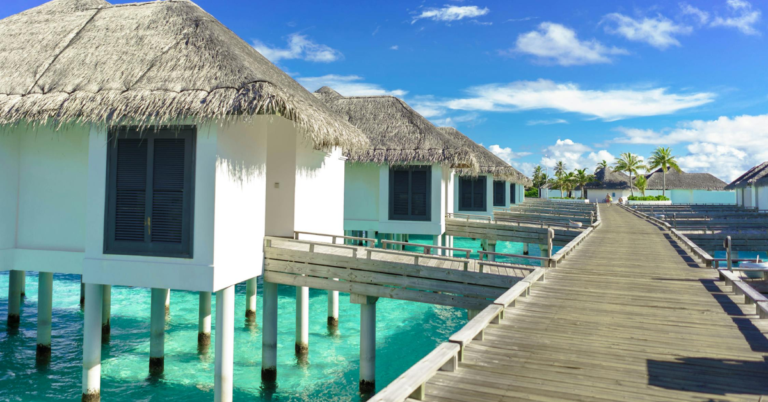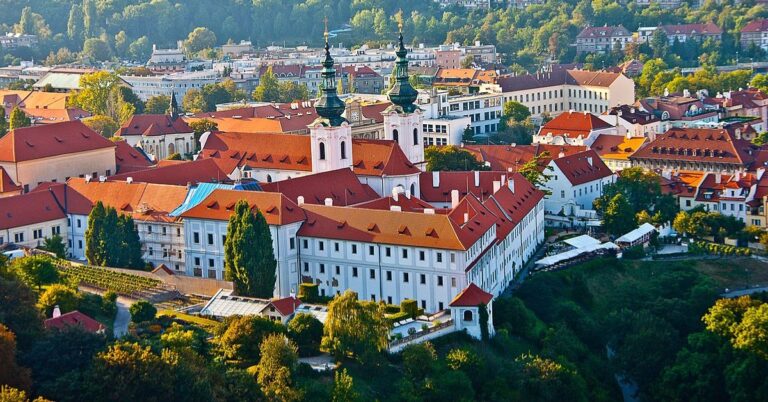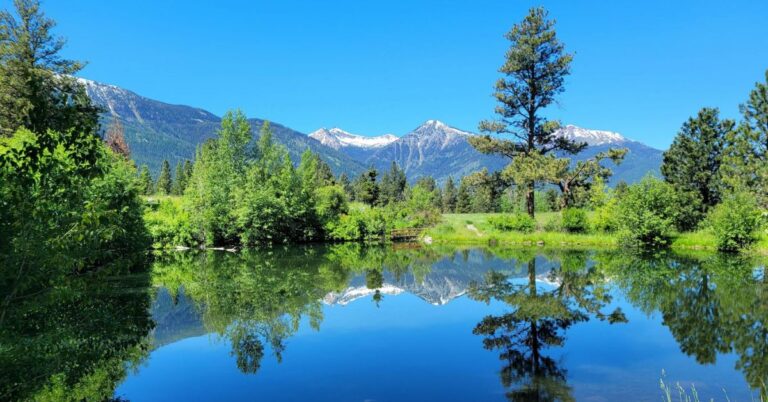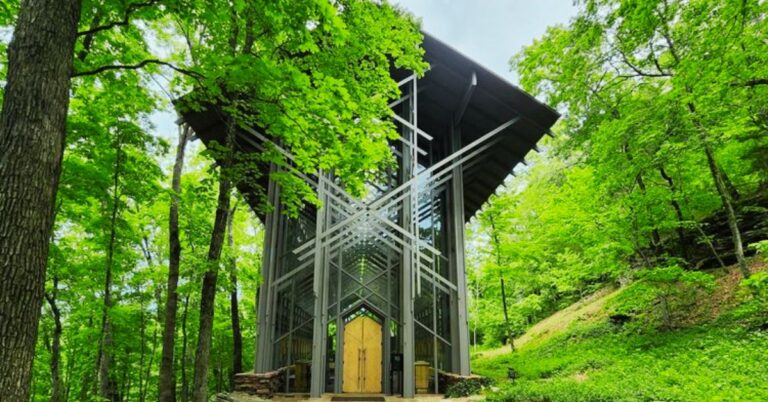Exploring Moldova’s Quiet Corners Without The Crowds
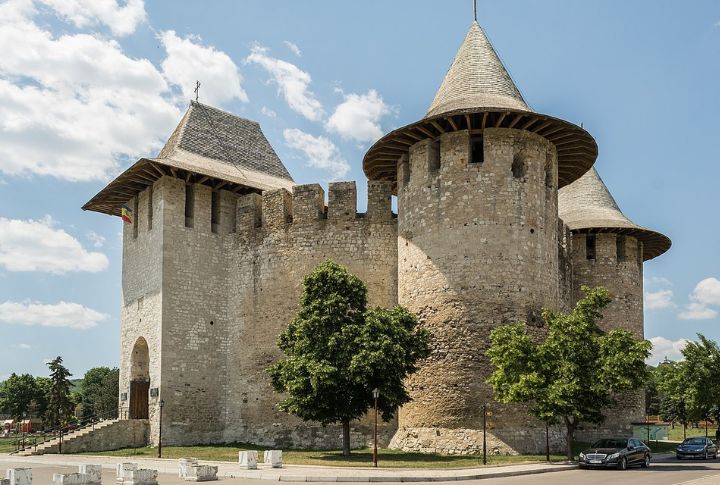
Situated between Romania and Ukraine, Moldova is often overlooked by travelers racing toward Europe’s big names. It’s quiet and wonderfully offbeat. You won’t find it packed with tourists—or, in some places, with anyone. That’s where the magic starts. Here are 15 places that make being the only tourist in Moldova unforgettable.
Chisinau: The Heart Of Moldova
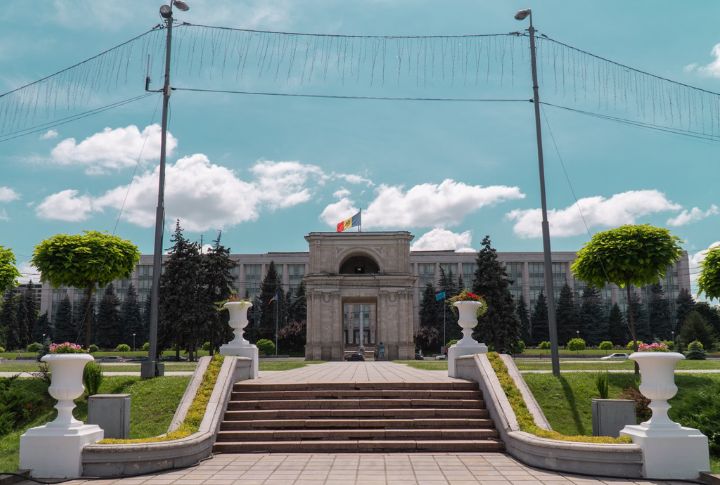
Subdued streets and leafy parks give Moldova’s capital a relaxed feel. Brutalist architecture stands beside modest churches and open-air cafes. Even museums, markets, and memorials rarely feel crowded in the city center. It’s a place where public life moves slowly, and there’s time to explore leisurely with no sense of rush.
Orheiul Vechi: Moldova’s Ancient Cliffside

Set along the Raut River, Orheiul Vechi includes cave monasteries and archaeological remains dating back centuries. The site blends religious history with expansive views of rural terrains. Footpaths stretch along cliffs, and it’s common to walk long distances without seeing another visitor. Sounds carry far through the still air.
Transnistria: A Step Into The USSR

Traveling through Transnistria can feel like entering a different era. Soviet flags, statues, and slogans remain in public areas, especially in the capital, Tiraspol. The region has its own government and currency, though visitors can enter easily. Outside of small checkpoints, daily life continues without much attention from outsiders.
Kvint Distillery: Fine Spirits Behind Closed Doors

Kvint has been producing premium spirits since 1938 at its longtime base in Tiraspol. Newcomers can tour its production floors and cellar spaces, many of which still use traditional methods. While the distillery is well-known regionally, few international tourists visit. Tastings and tours are usually relaxed, with more time for questions and conversation.
Saharna: Cliffs, Monks, And Waterfalls

North of Chisinau, Saharna is a serene blend of spirituality and nature. An active monastery sits above a gorge, offering scenic walking trails through the surrounding wooded hills. Legend has it that a sacred footprint appears on a rock nearby. The area’s waterfalls and steep hills create a peaceful, uncrowded atmosphere.
Gagauzia: Moldova’s Hidden Identity
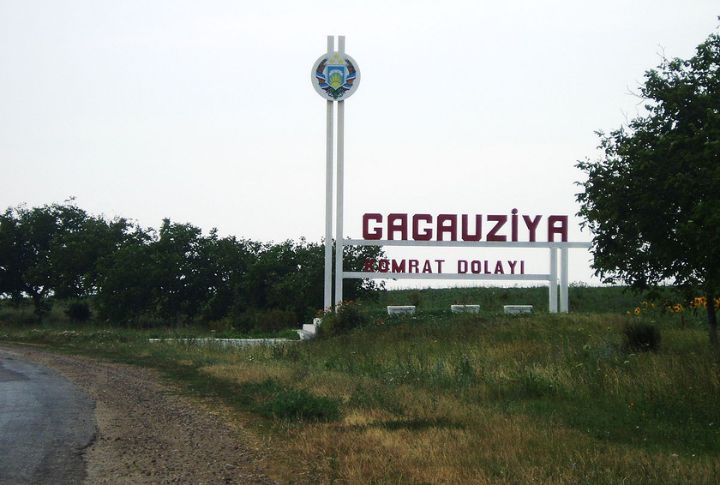
Gagauzia, located in the south of Moldova, is home to the Gagauz people—an ethnic group with its own language and customs. In towns like Comrat and the surrounding villages, local markets reflect the slower pace of life, where signs of tourist activity are few and far between.
Bender Fortress: Ghosts Of The Past
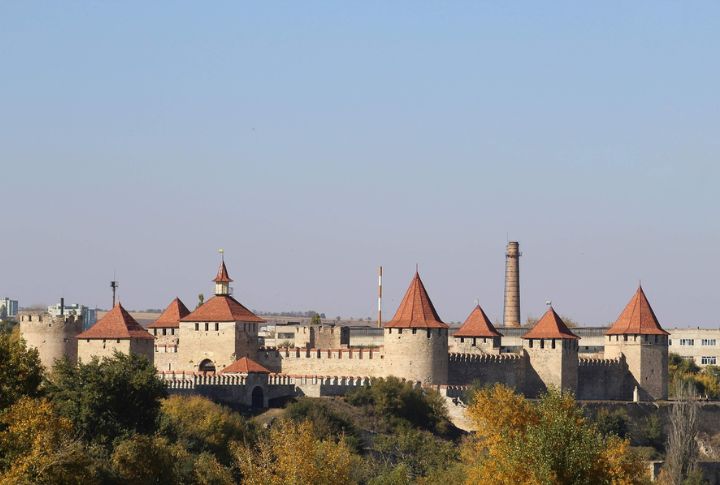
Built in the 16th century, Bender Fortress has seen rule under Ottomans, Russians, and Soviets. Its walls remain primarily intact, with towers and inner chambers open to visitors. Exhibits are limited, and on most days, the surroundings stay undisturbed. There’s room to explore freely, and nothing gets in the way of moving through the site comfortably.
Codru Forest: Solitude Among The Trees
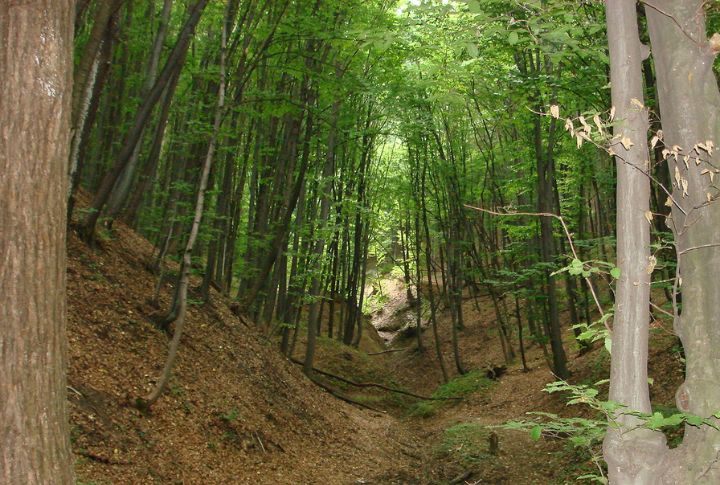
Codru Nature Reserve protects some of Moldova’s oldest woodlands. Trails pass through dense oak and hornbeam groves, home to native plants and bird species. Signage is minimal but straightforward. Outside of research groups and occasional hikers, the area stays empty, providing one of the country’s quietest natural settings.
Dendrarium Park: Your Own Green Retreat
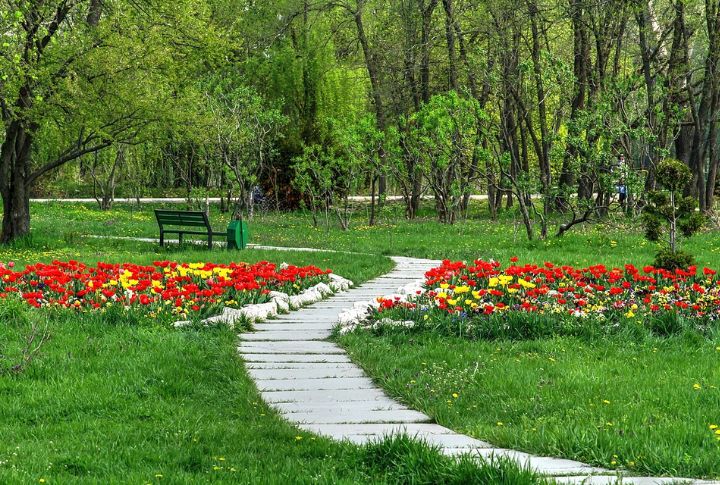
Near central Chisinau, Dendrarium Park offers over 1,000 species of trees, shrubs, and flowers. Paved paths and shaded benches stretch across 75 acres. It functions more as a local escape than a tourist attraction. Even on weekends, the area stays calm. Most people can walk through the park for hours and rarely encounter disruptions.
Moldovan Cuisine: No Menu Needed
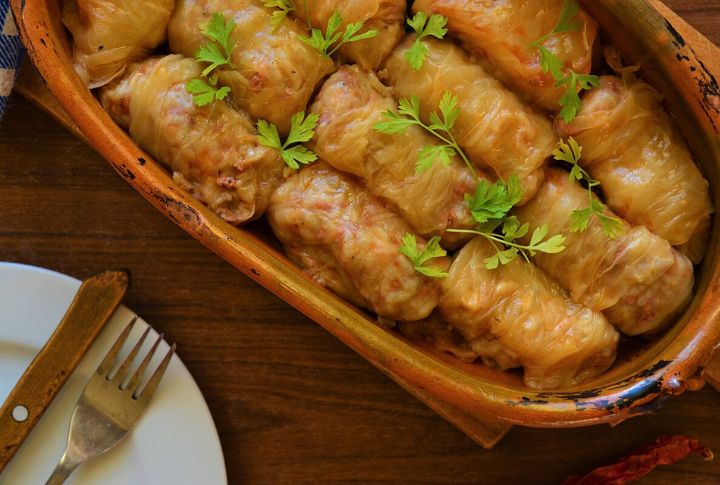
Local food in Moldova often reflects what’s in season. Dishes like mamaliga (cornmeal), sarmale (stuffed cabbage), and placinta (filled pastries) are familiar in restaurants, especially outside tourist areas. Service tends to be relaxed, with home-style preparation and little formality. Some meals are served without menus, and prices are modest.
Padurea Domneasca: Europe’s Hushed Bison Spot

Located in the northwest, Padurea Domneasca is Moldova’s largest nature reserve. It protects old-growth oak groves, wetlands, and rare bird habitats. A small population of European bison live within enclosed areas of the reserve. Here, trails stay muted, and observation platforms often remain empty.
Capriana Monastery: Old Stone And Silent Worship
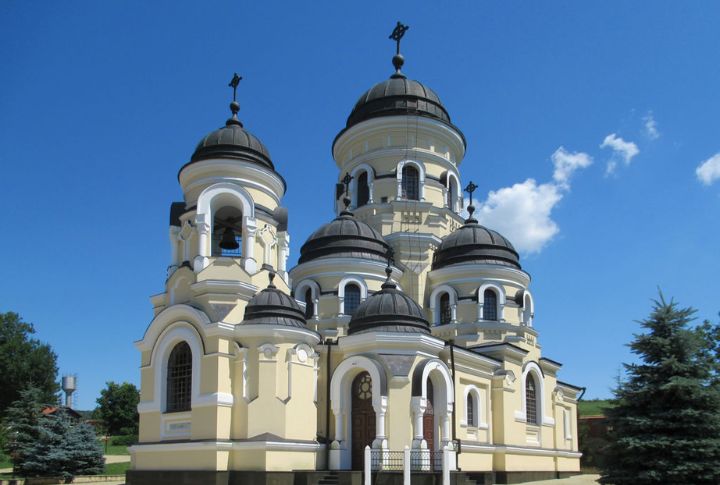
Capriana Monastery, founded in the 1400s, has long served as a spiritual center in Moldova. Its main church and nearby chapels have been restored but retain their original design. The grounds remain peaceful, surrounded by forest and farmland, and services occur without crowds or organized tour activity.
Cauaeni Church: Hidden Frescoes Beneath The Surface
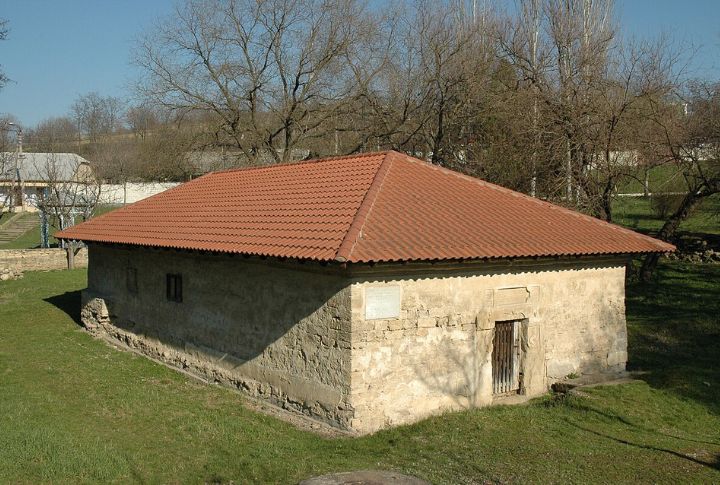
Near the town center of Cauaeni stands an old Orthodox church built partially below ground level. Its faded exterior hides interior frescoes painted in the 18th century, influenced by Byzantine and Romanian styles. The church is small and overlooked, making it an easy stop for travelers seeking tranquil sites.
Soroca Fortress: Overlooking The Dniester
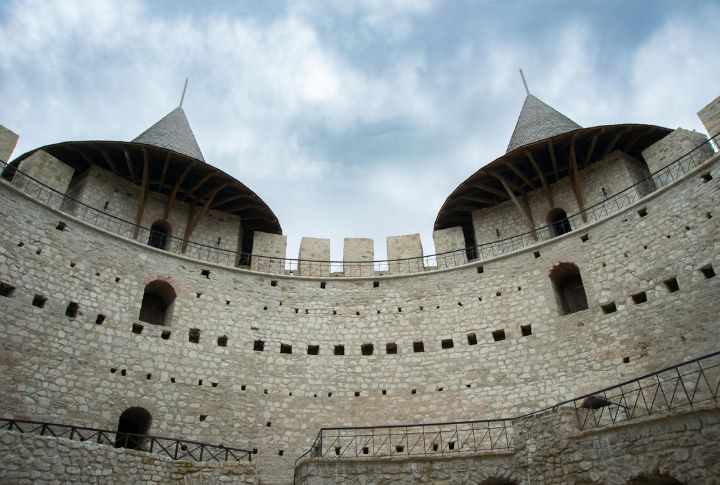
In northern Moldova, Soroca Fortress rises beside the Dniester River and traces its origins to the 15th century. Its round towers and stone walls are well preserved. Most days are calm, so travelers have time to walk the perimeter and climb the towers at their own pace, with no delays or lines.
Tipova Monastery: Carved Into The Cliffside
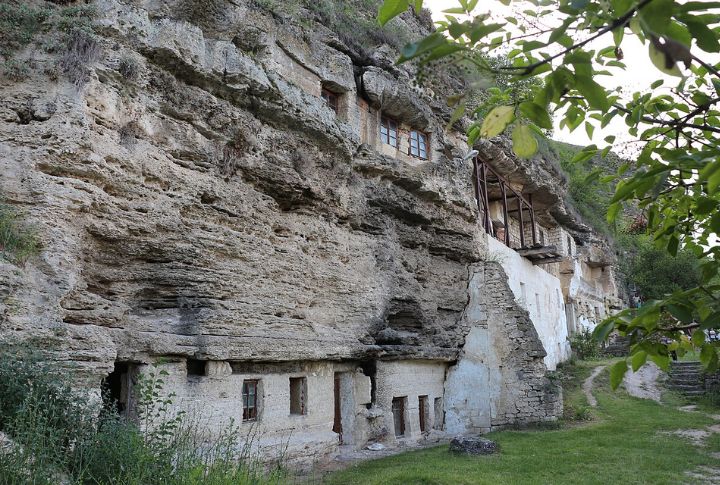
Tipova Monastery is carved directly into the limestone rock above the Dniester River. The complex includes several chambers linked by narrow paths, with panoramic views of the valley below. Though the location is remote, it is accessible and rarely draws more than a few individuals on any visit.


